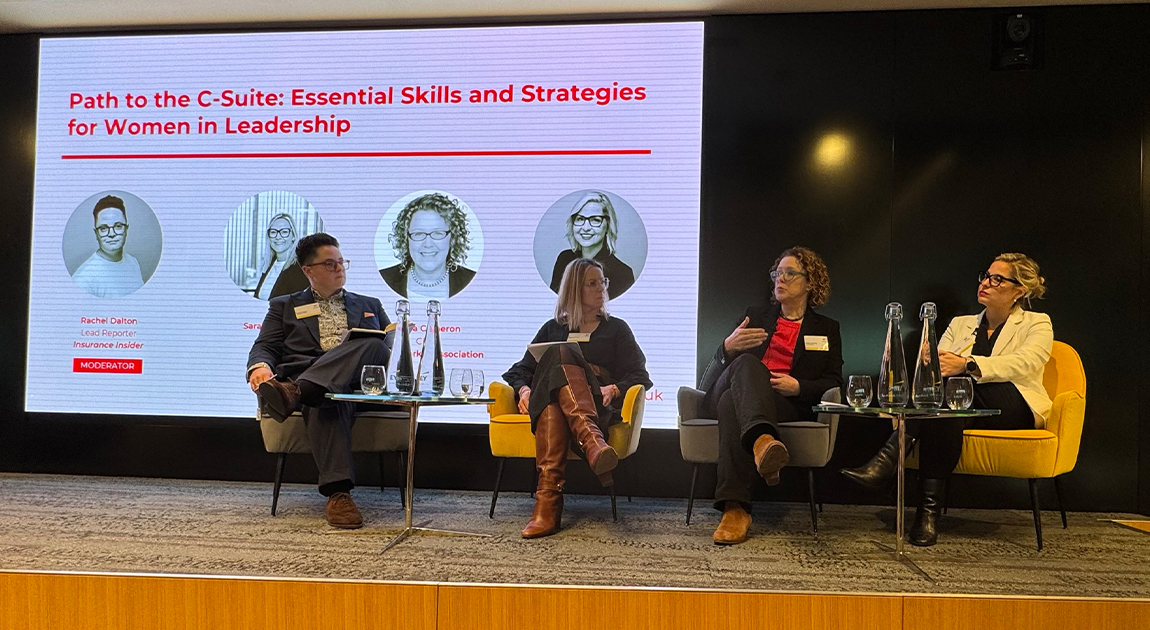
Aspen Makes Board Appointments
We are pleased to announce the appointments to our Board of Christian Dunleavy as a Director and Michael Lagler as a Non-Executive Director. Both appointments...

Sarah Stanford, CEO Aspen UK, recently spoke at an Insurance Insider breakfast briefing, where the panelists discussed women in the C-Suite and the Path to Leadership. The group discussed potential barriers and shared useful tips and solutions to increase female representation in the board room. Read some of Sarah’s views below:
Overcoming Barriers to Women in Executive Roles
One of the most persistent barriers is the assumption that women are more likely to take career breaks for childcare. This perception—whether accurate or not—can lead to bias in hiring and promotions. While improved parental leave policies are a step in the right direction, companies must go further by actively challenging these biases. Leaders should evaluate candidates based on their skills, experience, and potential rather than making assumptions about their career trajectories.
Research consistently shows that gender diversity in leadership leads to better business outcomes. A study by S&P Global found that companies with female executives see increased profitability and stock price momentum. Rather than viewing female leaders as a “risk,” organizations should recognize them as an asset and actively work to bring more women into senior roles.
The Rise of Female Non-Executive Directors—But What About Executive Roles?
In sectors like finance and insurance, the number of female non-executive directors (NEDs) has increased much faster than female executive directors (EDs). But there’s a key distinction between these roles. NEDs, who provide oversight rather than operational leadership, face fewer barriers to entry. Executive director roles, on the other hand, remain largely male-dominated. So, how do we close this gap?
Are We Asking the Wrong Question About Women’s Boardroom Readiness
We often talk about equipping the next generation of women with the “right” skills for executive leadership. But do women truly lack the skills needed for the boardroom more than their male counterparts?
Skill development is universal regardless of your gender, leadership requires continuous growth, regardless of gender. Instead of assuming women need extra preparation, companies should focus on structured leadership development for all.
There’s also an element of imposter syndrome and confidence, sometimes there’s hesitation to take on leadership if you don’t feel fully prepared. Strong sponsorship and mentorship, formal and informal, can help provide support. I think it’s so important to have a strong network around you to help you when you need it and to act as a sounding board in times of imposter syndrome.

Chief Executive Officer, Aspen UK